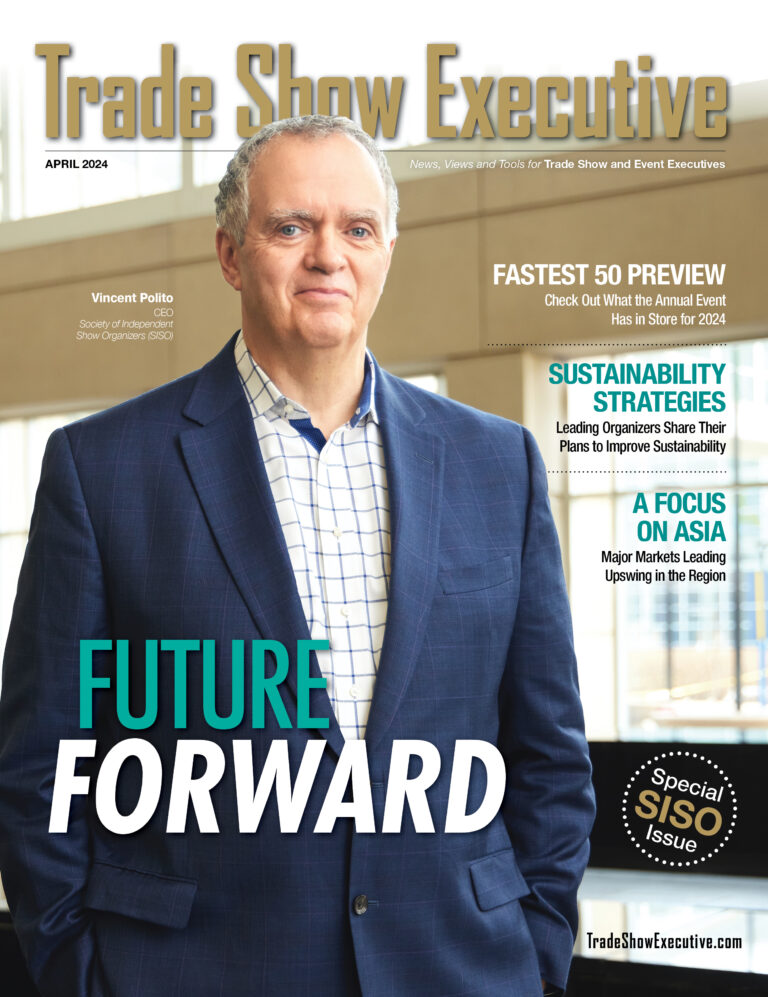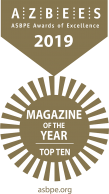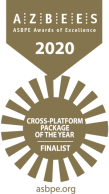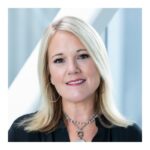Mettawa, IL – International trade show marketing consultant Larry Kulchawik, who is past president of the International Federation of Exhibition Services (IFES) and the Exhibit Designers & Producers Association (EDPA), is a passionate advocate of standardized terminology and guidelines for trade show marketers worldwide.
Now he has put his 43 years of worldwide trade show experience to work with a newly published guide to international marketing focused on global trade show differences and distinctions. The book, Trade Shows from One Country to the Next, strives to provide a way for those expanding their international presence to more easily get up to speed on the international lingo, booth standards and other technical details before they begin.
“This is not a travel guide but surely deals with marketing concerns (beyond trade shows) when traveling globally to market your services,” he noted. That includes how to adjust to mental, physical and cultural differences abroad before you even begin to talk about your particular show.
There may be good reason to reach out to up-and-comers and those executives looking outside the U.S. borders for show opportunities. A 2012 survey by IFES exhibit supplier companies from 31 countries revealed that North American suppliers had just 5% of their business outside the region — the lowest percentage of any region worldwide. European IFES members did 25% of their business outside of the region and those working in the Middle East had a worldwide high of 67% of their business outside the region.
But the times they are a-changing, as the song goes. For this year, Kulchawik said those suppliers project 10% of their business to be on international projects.
Kulchawik maintains that the industry is headed toward a single worldwide market that may be evident by 2020. Right now, Europe and the U.S. have about three-quarters of all exhibit space and have set the model for the way most shows are handled. Nevertheless, he said the U.S. model is different from most other regions of the world.
Going forward, it will be increasingly important to create an attraction in the exhibition environment that fosters interaction and is sensitive to cultural differences. And it appears that the U.S. will have the most work to do in that arena.
Consider a few examples:
- U.S. show organizers work under a landlord/tenant model at major venues, while in most other countries, the show is a joint venture between the venue and show organizers.
- There are differences in booth sizes and shapes, how materials are handled upon arrival and departure, the type of labor used (union vs. on-site), the type of flooring (carpet vs. raised floors), open spaces that help an exhibitor tell its story vs. closed booths focused on closing the sale.
- Attendance based on pre-registration vs. open ticket sales on site.
These clearly illustrate the need to respect and understand local customs and terminology in order to be successful on the international stage.
The bulk of the book details the world region by region and country by country, providing a sort of Cliff Notes business guide. Each section includes the largest venues, the largest shows, a brief overview of the trade show market, transportation, language, an overview of exhibiting guidelines, business etiquette, business dining and other tips.
The guide is intended to appeal to exhibit managers, organizers and exhibit design suppliers who work for worldwide companies that take part in trade shows. “This book provides a quick profile about how to manage trade show marketing in different countries,” he said. “It’s a big investment for companies and you don’t want to step in quicksand because of a faux pas.”
Kulchawik also notes that the experiences and advice shared in the book don’t make his way the right way to approach every situation—just a different way of accomplishing the show’s goals.
Reach Larry Kulchawik at (847) 308-0944 or larrykulchawik@gmail.com











